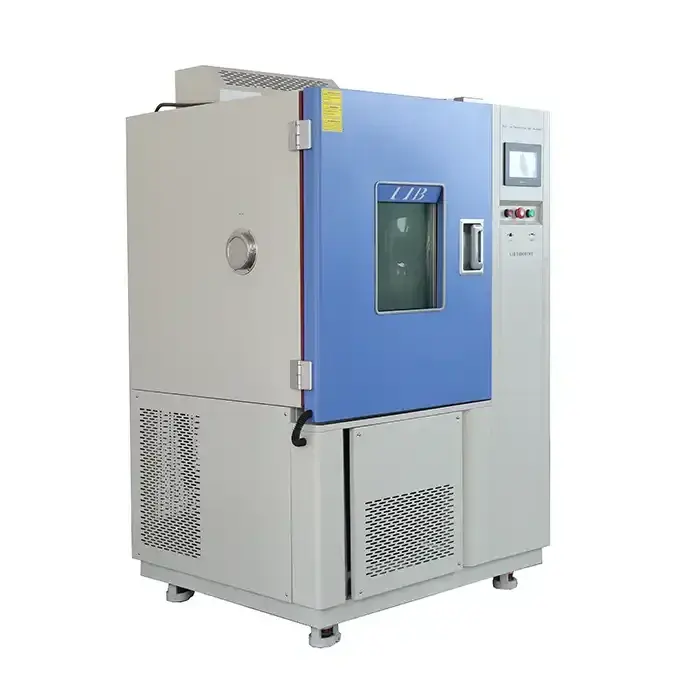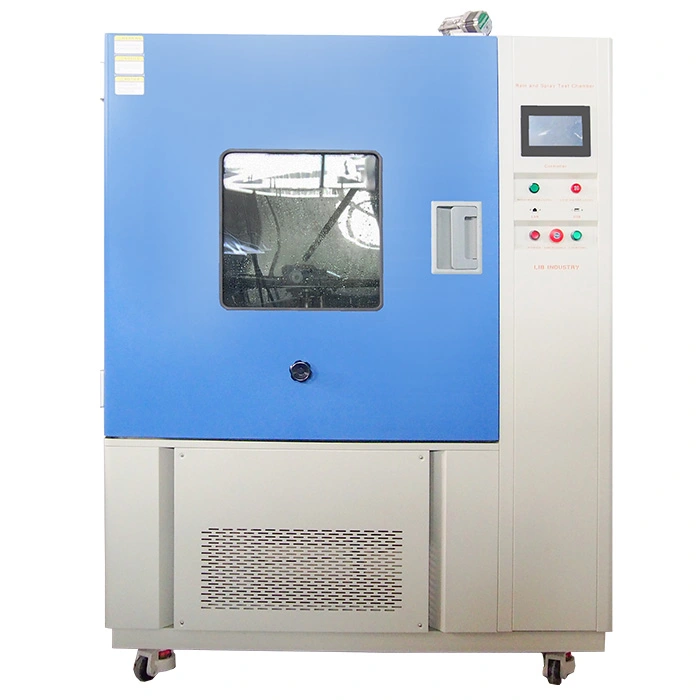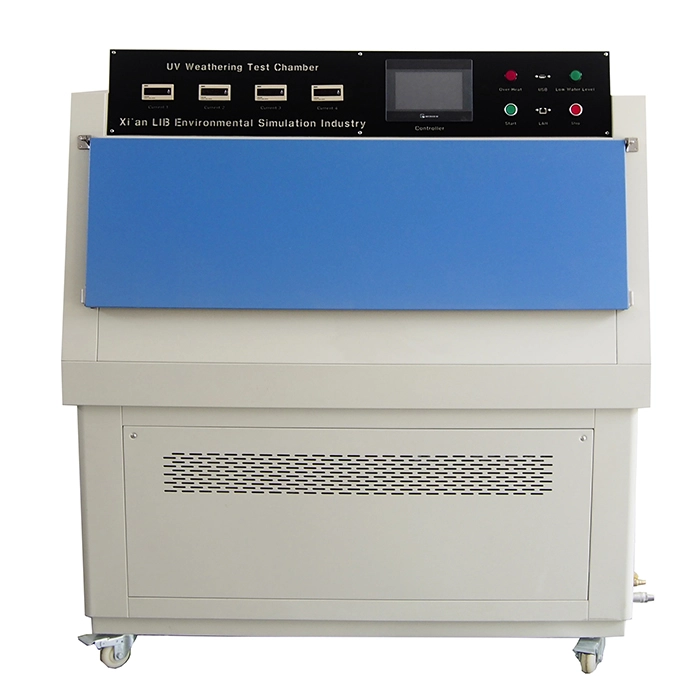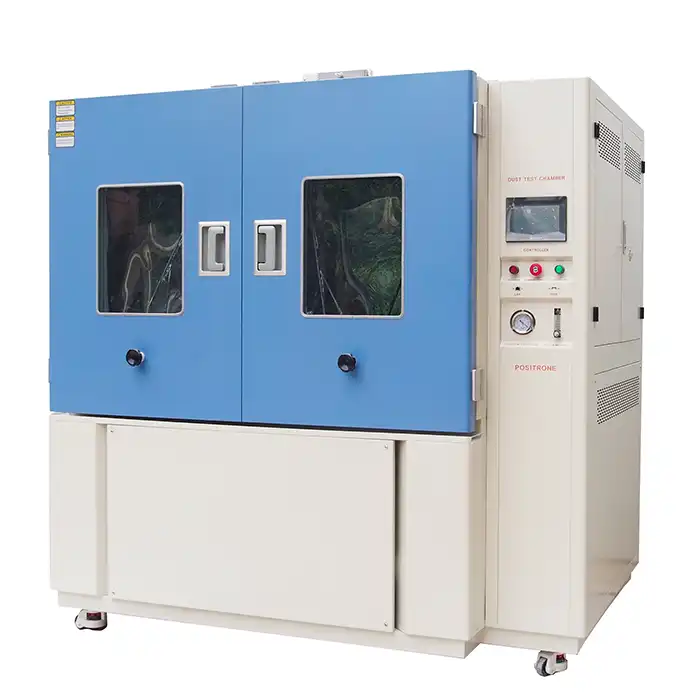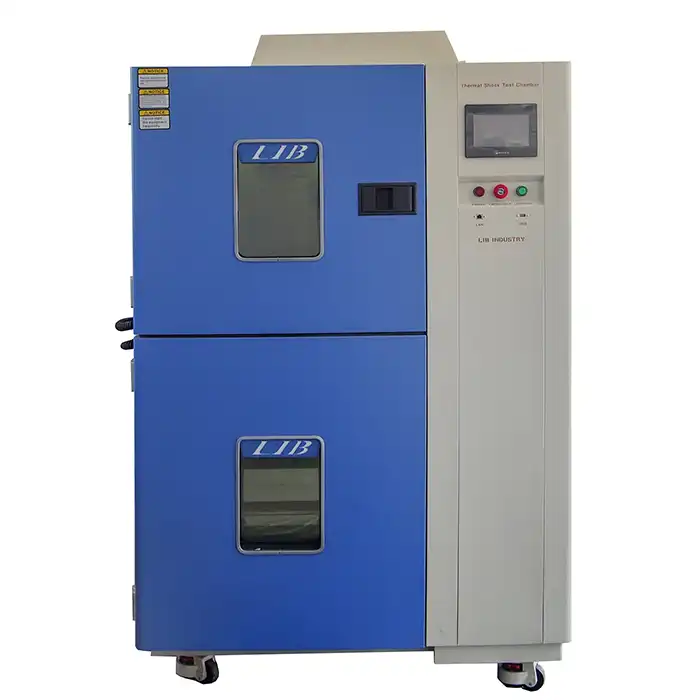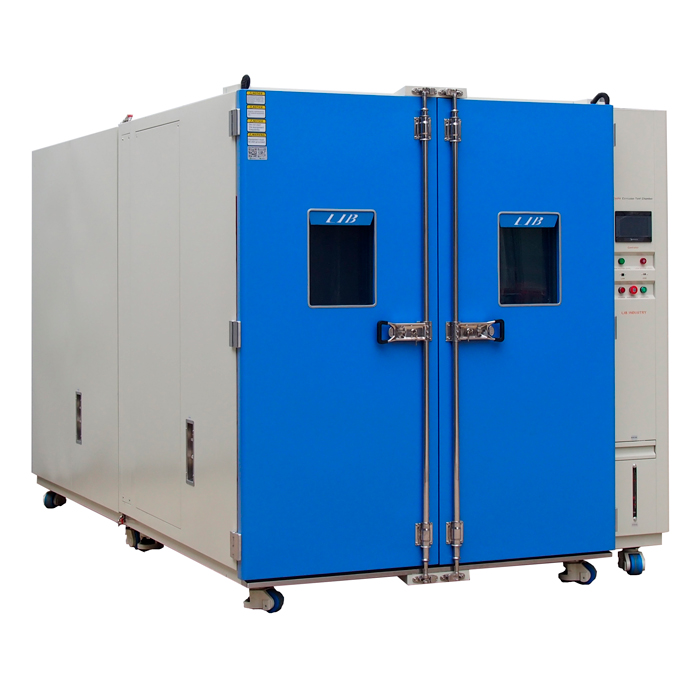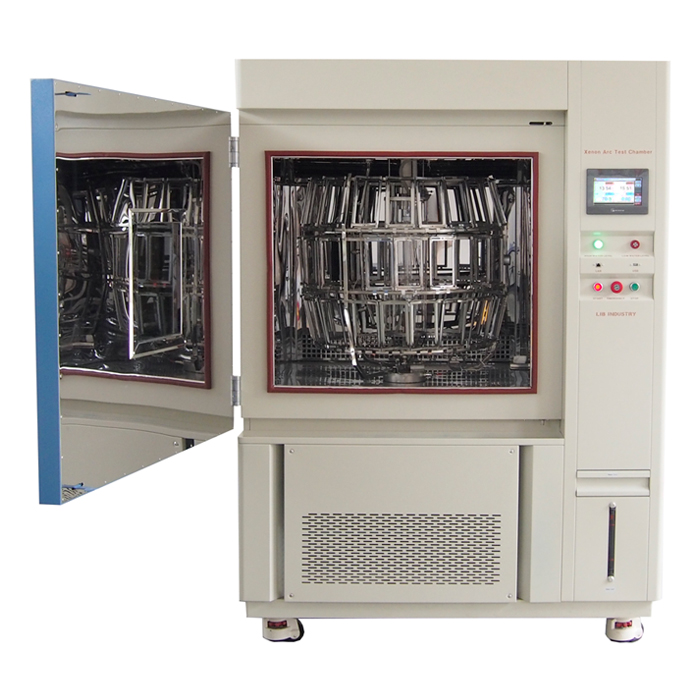Application of Salt Fog Climate Chamber in Marine Industry
Why Does the Marine Industry Need Salt Spray Testing?

The marine environment is one of the most corrosive settings on Earth. Saltwater, combined with high humidity and fluctuating temperatures, accelerates corrosion in metals, coatings, and electrical components used in marine applications. Salt spray testing helps manufacturers predict how their products will perform over time, reducing the risk of premature failure. By using the salt fog climate chamber to understand the corrosion resistance of materials, companies in the marine industry can ensure the longevity and reliability of their products in real-world conditions.
What Products Can the Salt Fog Climate Chamber test in the Marine Industry?

Several products in the marine industry require robust testing. These include:
- Ship hull sections and weldments: To assess corrosion resistance of materials and welding techniques.
- Marine coatings and paints: Evaluating their protective performance against salt spray.
- Pipes, valves, and fittings: Determining the durability of fluid handling components.
- Fasteners and connectors: Testing the corrosion resistance of bolts, nuts, and screws.
- Electronic equipment enclosures: Verifying the protection of sensitive electronics from salt ingress.
What Are the Standards for Testing Marine Industry Products Using Salt Fog Climate Chamber?
Testing in salt fog climate chambers in the marine industry is subject to specific international standards to ensure consistency and reliability. The most widely recognized standards include:
- ASTM B117: Applicable to evaluate the corrosion resistance of metal materials and coatings in salt spray environments. This standard specifies the test conditions for the neutral salt spray test (NSS), such as salt solution concentration (5% NaCl), pH value (6.5-7.2), temperature (35°C±2°C), etc.
- ISO 9227: Used for neutral salt spray test (NSS). It is often used to evaluate the corrosion resistance of coatings, metal materials or anti-corrosion systems.
How to Use Salt Fog Climate Chamber for Salt Spray Testing?
Salt spray testing is a standard method for evaluating the corrosion resistance of materials used in environments with high salt content, such as marine and coastal industries.
To begin, the product being tested is placed inside salt fog climate chamber, which is then sealed and filled with a saline solution. The chamber operates at a controlled temperature, typically around 35°C (95°F), and releases a fine mist of salt fog, typically with a salinity of 5% NaCl. The product is exposed to this mist for a specified duration, usually ranging from 48 to 1,000 hours, depending on the standards or requirements for the product.
Salt spray testing is important to the maritime industry, where components such as ship parts, offshore platforms and ship engines are subjected to such testing to simulate real-world salt exposure. For example, one global shipbuilder uses salt spray testing to ensure that the protective coatings on the exterior of its ships can withstand the harsh marine environment for at least 2-3 years without showing visible signs of corrosion.
Throughout the test, the product is inspected for signs of rust, degradation, or any coating failures, which would indicate inadequate protection against saltwater exposure. This information is crucial for improving the durability and reliability of marine equipment, ensuring that products can withstand the extreme conditions of the sea for extended periods.
LIB Salt Fog Climate Chamber
LIB Industry offers a state-of-the-art salt fog climate chamber designed for precise, reliable, and repeatable corrosion testing. The chamber is engineered to meet international standards like ASTM B117, ISO9227, ASTM G85, IEC60068-2-52, ensuring accurate test results that align with industry requirements.
Key Advantages of LIB Fog Climate Chamber:
- Advanced Control System: Provides precise control of temperature, humidity, and spray concentration, ensuring consistent test conditions. Network connection computer. Language can be selected, English/French/Spanish/German/Russian.
- Durability: The interior of the chamber is constructed from corrosion-resistant materials to withstand the harsh conditions of salt fog testing.
- User-Friendly Interface: The intuitive control panel allows for easy operation and monitoring, making it accessible for both new and experienced users.
- Customizable Testing: The chamber can be tailored to meet specific customer requirements, from chamber size to testing parameters.
Whether you're testing marine coatings, electrical components, or shipbuilding materials, LIB's salt fog climate chamber delivers reliable results that help you ensure your products meet the highest quality standards. With LIB's extensive experience in environmental testing, you can trust that our equipment will meet your testing needs and provide accurate, actionable insights into product performance. To learn more about how LIB Industry can help you with your salt fog testing needs, contact us today at info@libtestchamber.com.
References
1. ASTM B117 Standard Practice for Operating Salt Spray (Fog) Apparatus.
2. ISO 9227 Corrosion Tests in Artificial Atmospheres - Salt Spray Tests.
3. MIL-STD-810 Environmental Engineering Considerations and Laboratory Tests.
4. "Corrosion in Marine Environments," Journal of Marine Engineering.
5. "The Importance of Salt Spray Testing for Corrosion Resistance," Marine Technology Review.
6. "Advances in Salt Spray Testing Techniques," Materials Performance Magazine.



